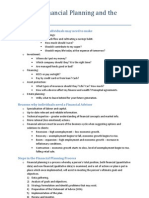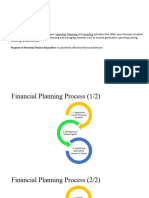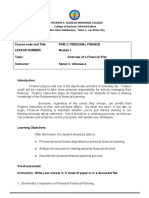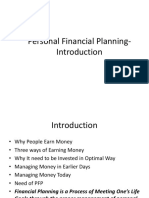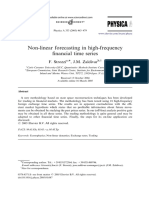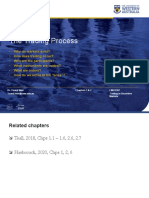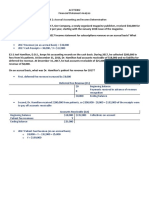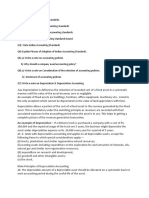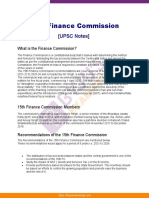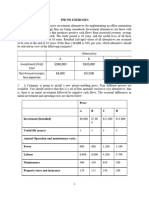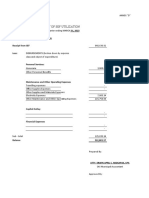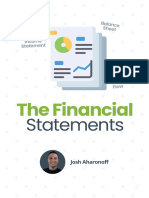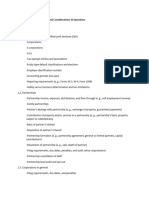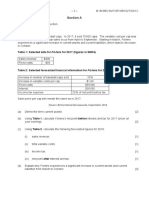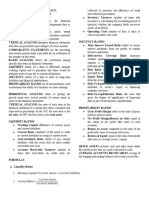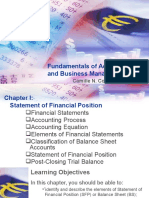0% found this document useful (0 votes)
59 views35 pagesFinancial Planning for Advisers
70%
2. Liquidity Ratio
= Cash + Liquid assets x 100
Current liabilities
= $35 000 x 100
$34 000
Uploaded by
Dylan AdrianCopyright
© © All Rights Reserved
We take content rights seriously. If you suspect this is your content, claim it here.
Available Formats
Download as PDF, TXT or read online on Scribd
0% found this document useful (0 votes)
59 views35 pagesFinancial Planning for Advisers
70%
2. Liquidity Ratio
= Cash + Liquid assets x 100
Current liabilities
= $35 000 x 100
$34 000
Uploaded by
Dylan AdrianCopyright
© © All Rights Reserved
We take content rights seriously. If you suspect this is your content, claim it here.
Available Formats
Download as PDF, TXT or read online on Scribd
/ 35
